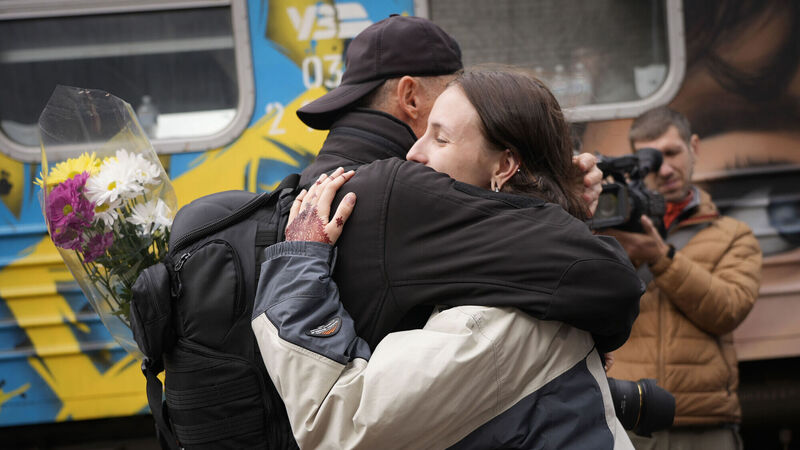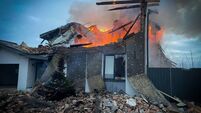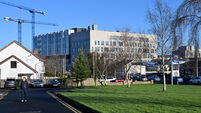Kherson withdrawal is not the end of the war in Ukraine

People hug upon the arrival of the first train from the capital Kyiv on Saturday, after the Russian troops withdrew from the city of Kherson. Picture: AP/Sam Mednick
In September 1812, Napoleon’s Grand Armée, then the largest ever in history, defeated the Imperial Russian Army at Borodino, and advanced towards Russia’s largest city, Moscow. The Russian commander, General Mikhail Kutuzov, took the fateful decision not to defend the city. Kutuzov’s wise decision ultimately lead to victory over the French.
It is immortalised in Tchaikovsky’s famous 1812 Overture, often performed by orchestras using real artillery fire and simulated Moscow victory bells.
















